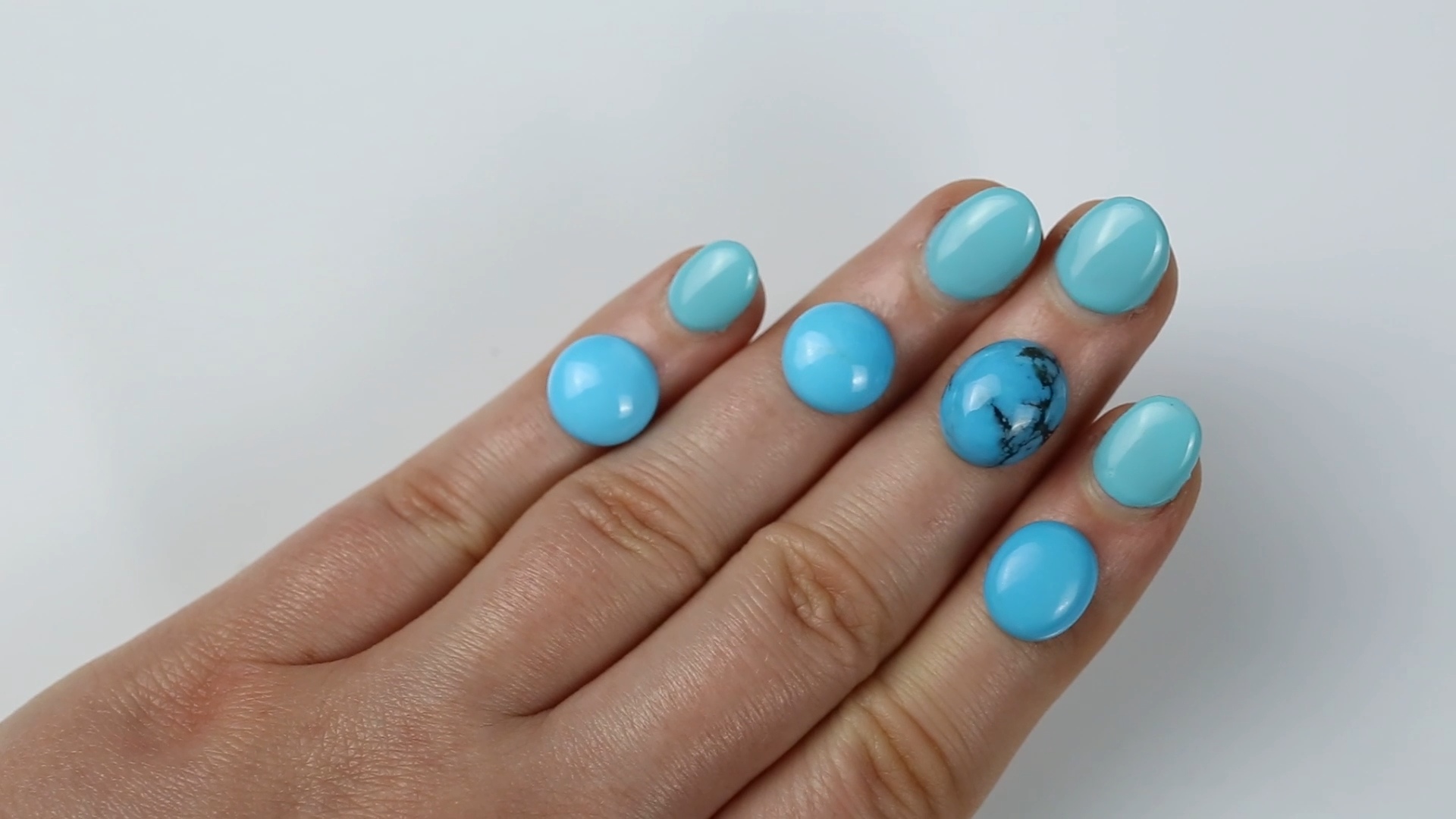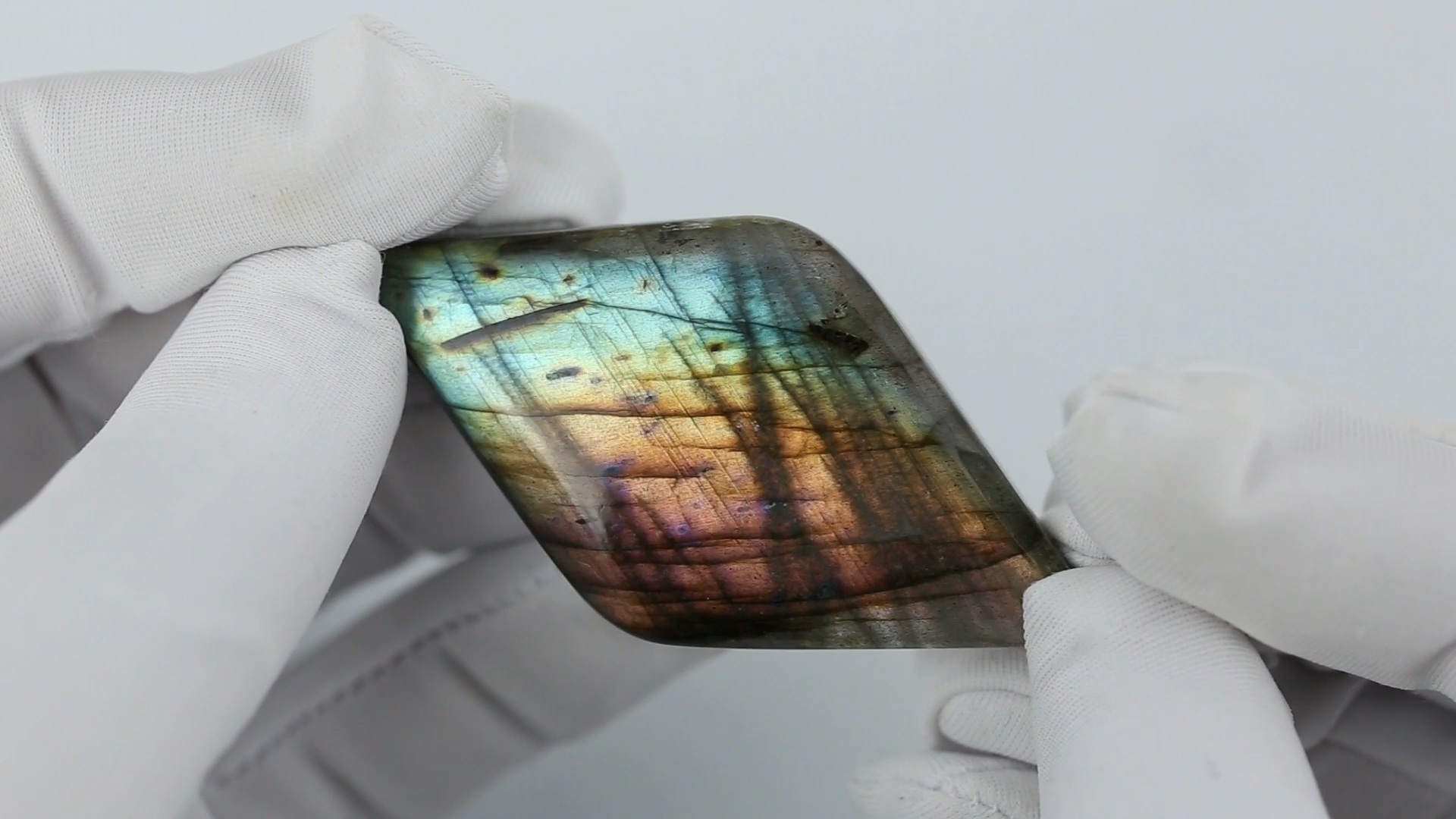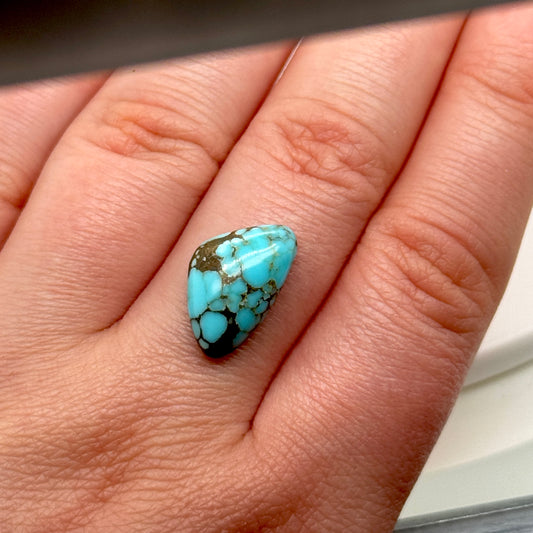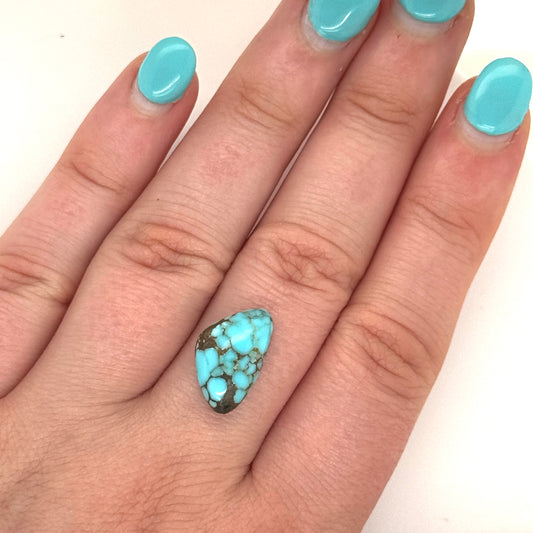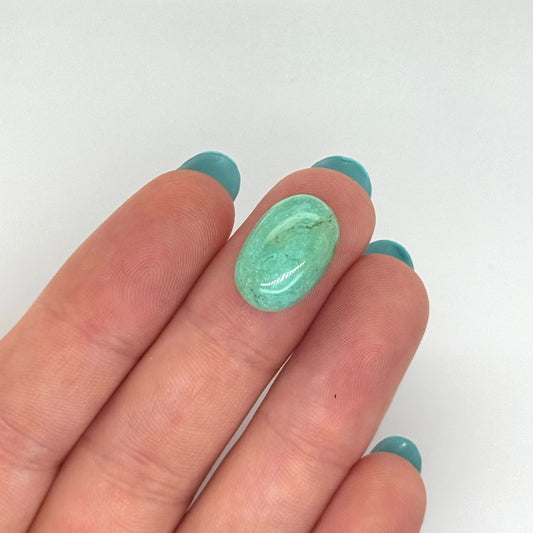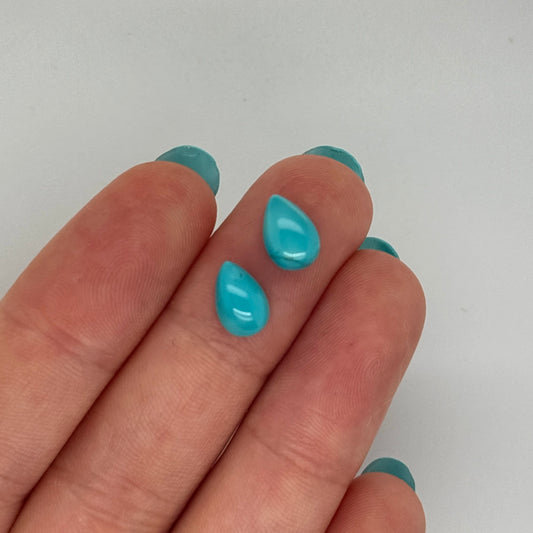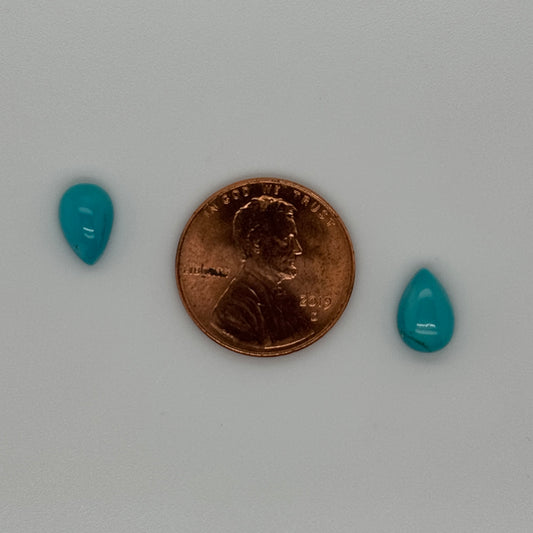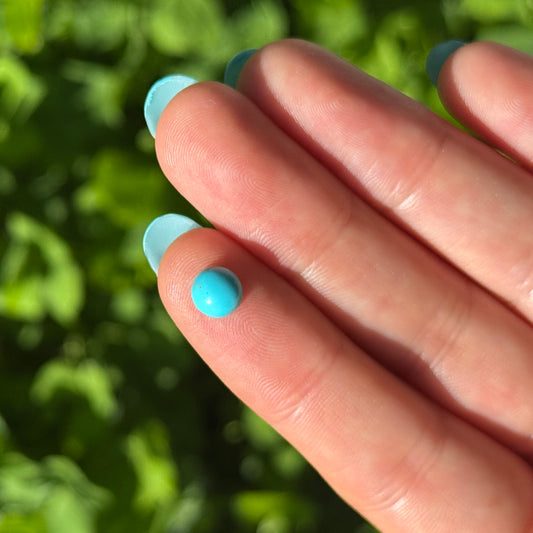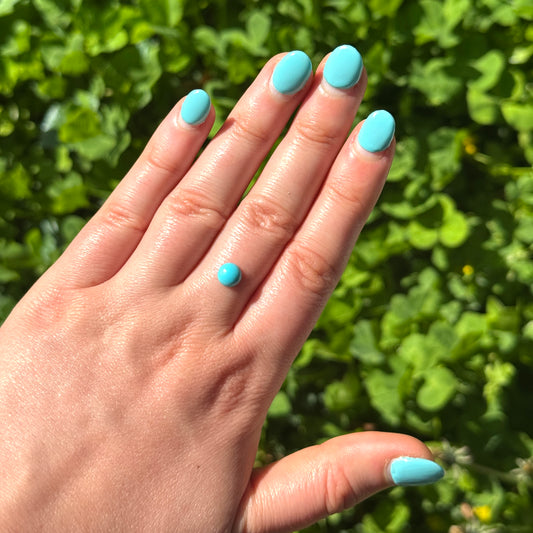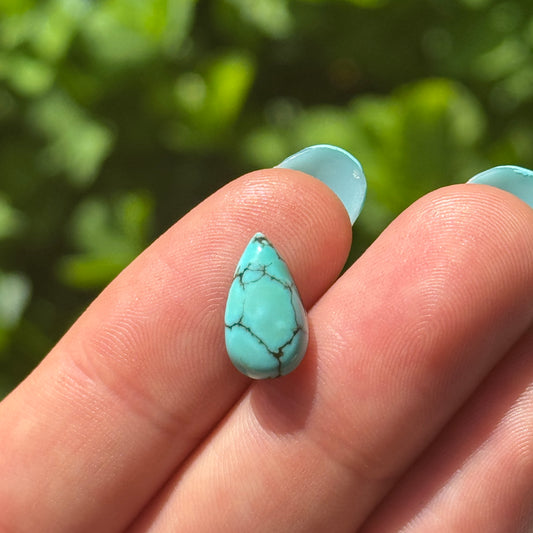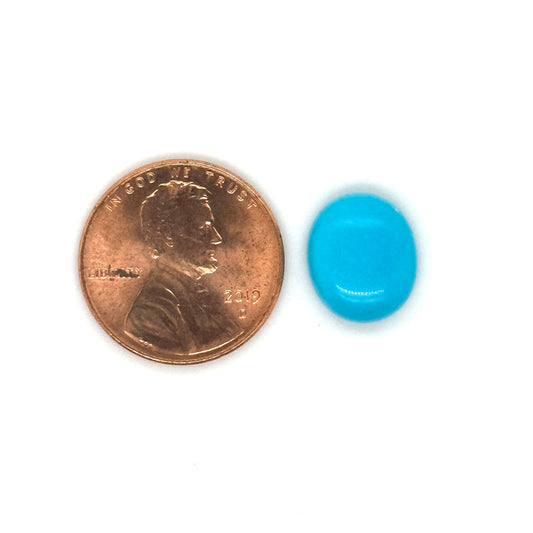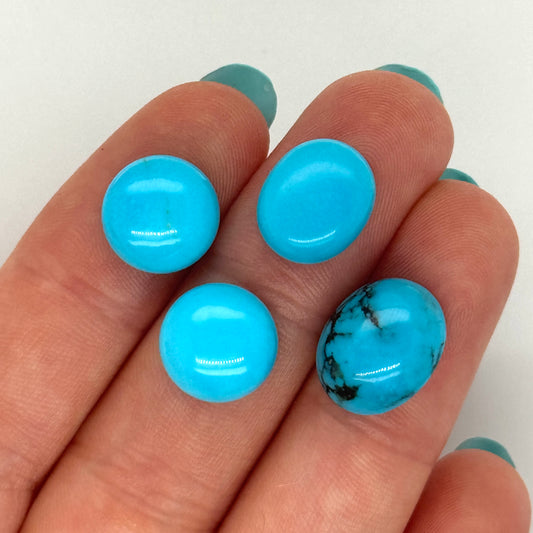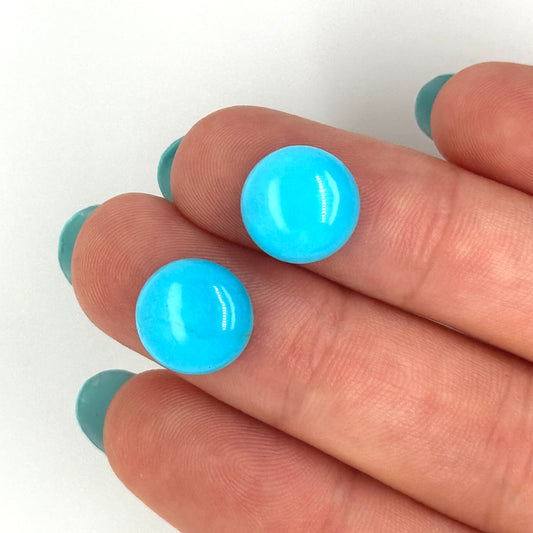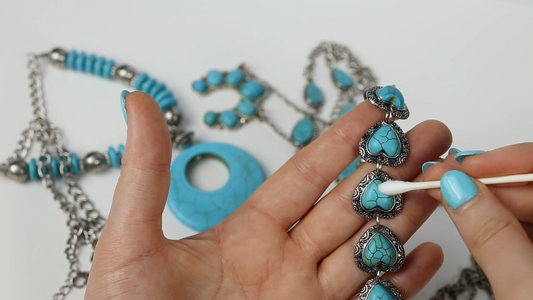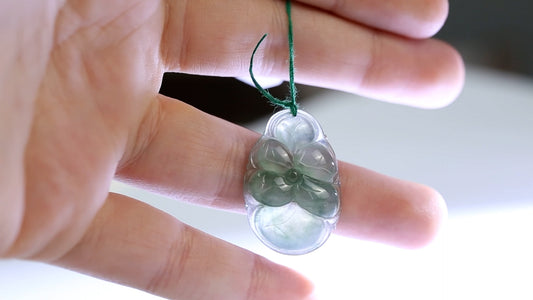Shop Loose Turquoise Stones for Sale
-
Nevada Turquoise Stone with Brown Matrix - Unique Shape - 11.5MM Cabochon
Regular price $24.00 USDRegular priceUnit price per -
Green Royston Turquoise Stone - Clean - 16x11MM
Regular price $36.00 USDRegular priceUnit price per -
Natural Nevada Turquoise Pair (Dyer Mine) Clean - 3.08ct 9x6MM Pear Cabochons
Regular price $138.00 USDRegular priceUnit price per -
Natural Persian Turquoise Stone - Clean - .79ct 6.5MM
Regular price $120.00 USDRegular priceUnit price per -
Nevada Turquoise Stone with Black Matrix - 2.74ct Pear Cabochon
Regular price $30.00 USDRegular priceUnit price per -
Kingman Turquoise in Clean, Robin's Egg Blue - 12x10mm Oval Cabochon
Regular price $64.00 USDRegular priceUnit price per -
Kingman Pair of (2) Turquoise Stones - Clean - Matching Round Cabs
Regular price $128.00 USDRegular priceUnit price per -
Egyptian Turquoise Stone with Black Matrix - 14x11mm Oval Cabochon
Regular price $216.00 USDRegular priceUnit price per$324.00 USDSale price $216.00 USDSale
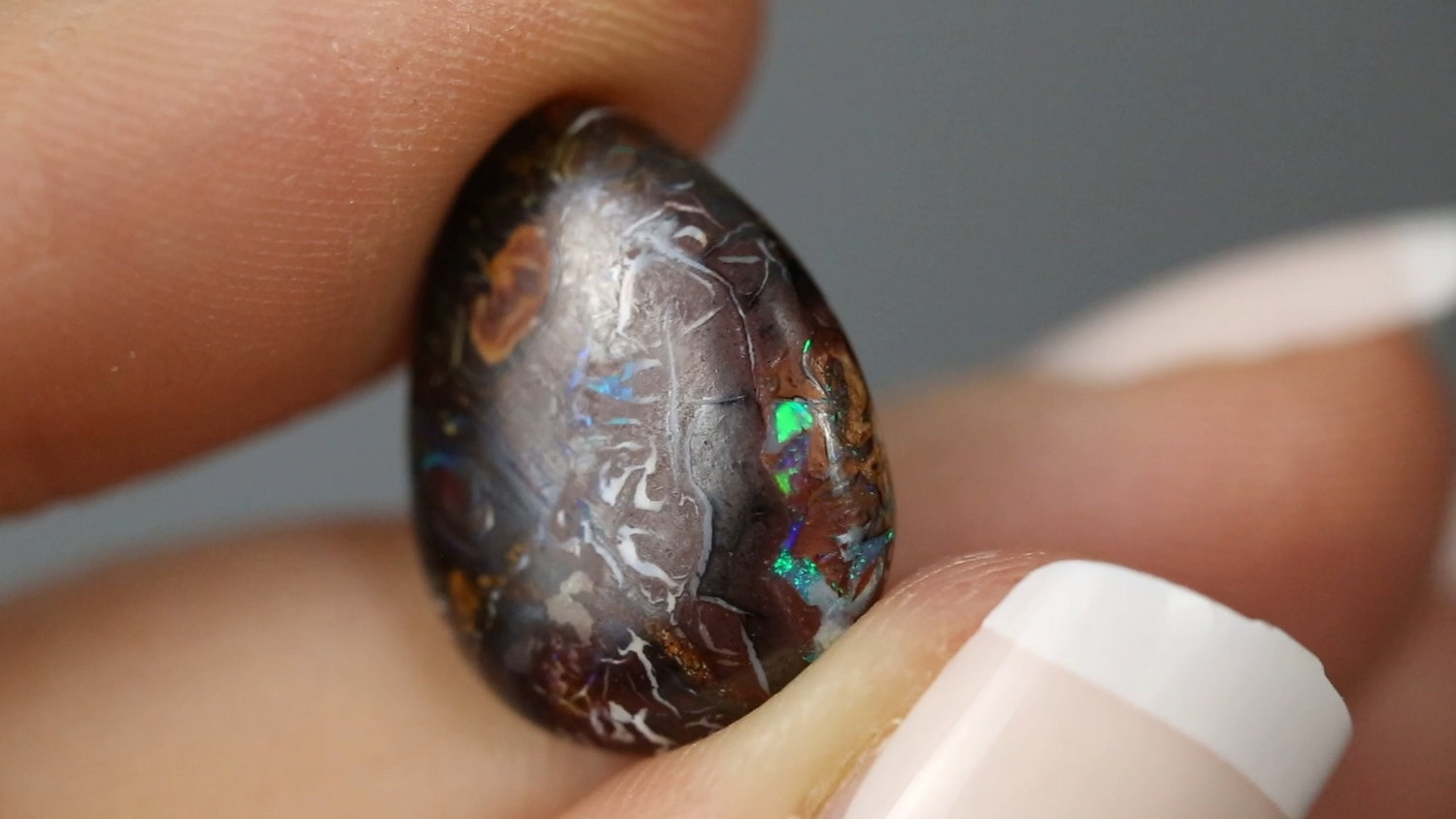
Our Mission
Dedicated to educating the trade and the public on the importance of natural jade and gemstones, JOTT connects retailers and customers to Mason-Kay Jade and other trustworthy vendors via our social media.
This space provides a blog for anyone with questions about jade and the shop is dedicated to a small selection of goods that have been featured on the JOTT channel.

